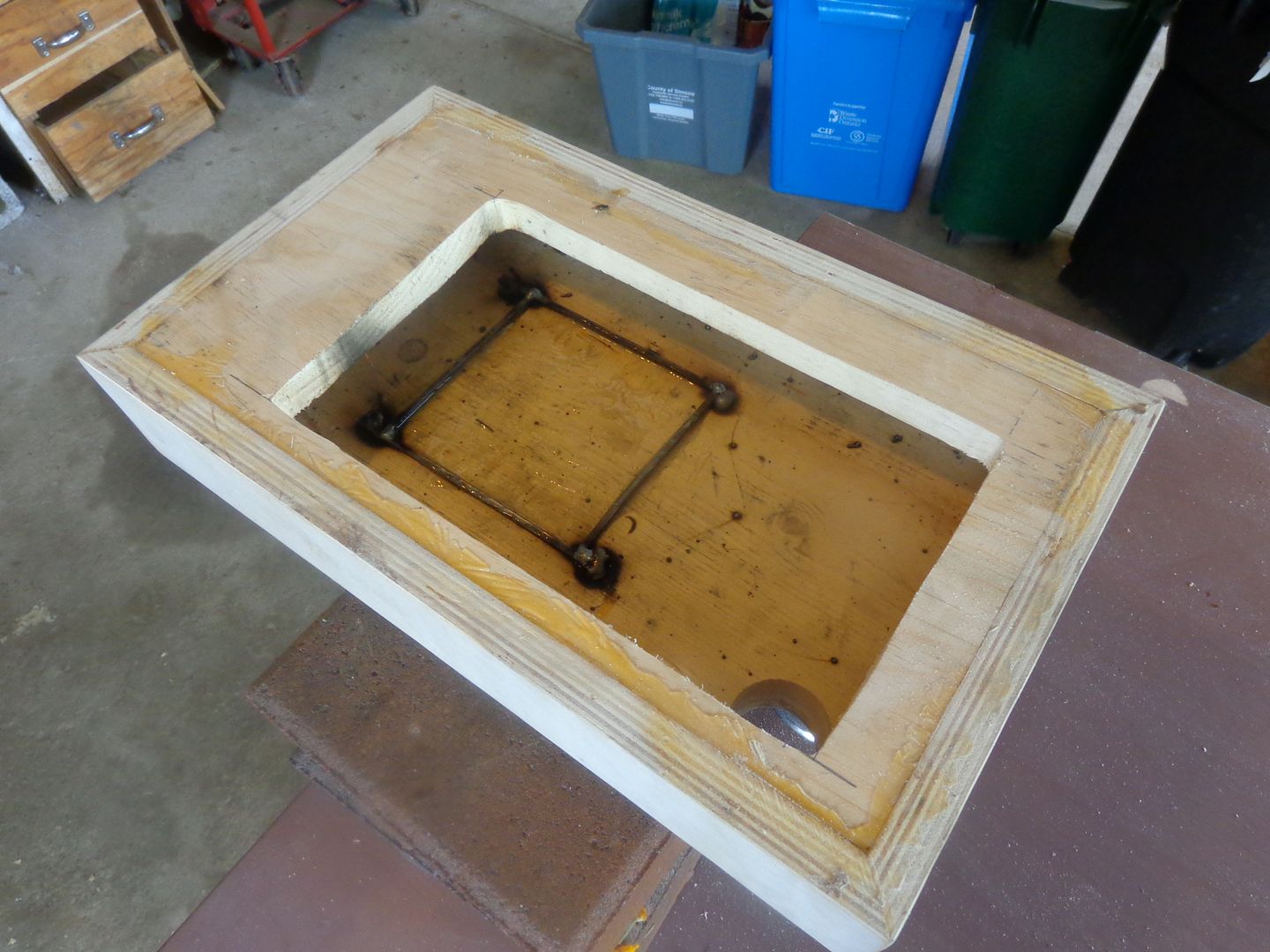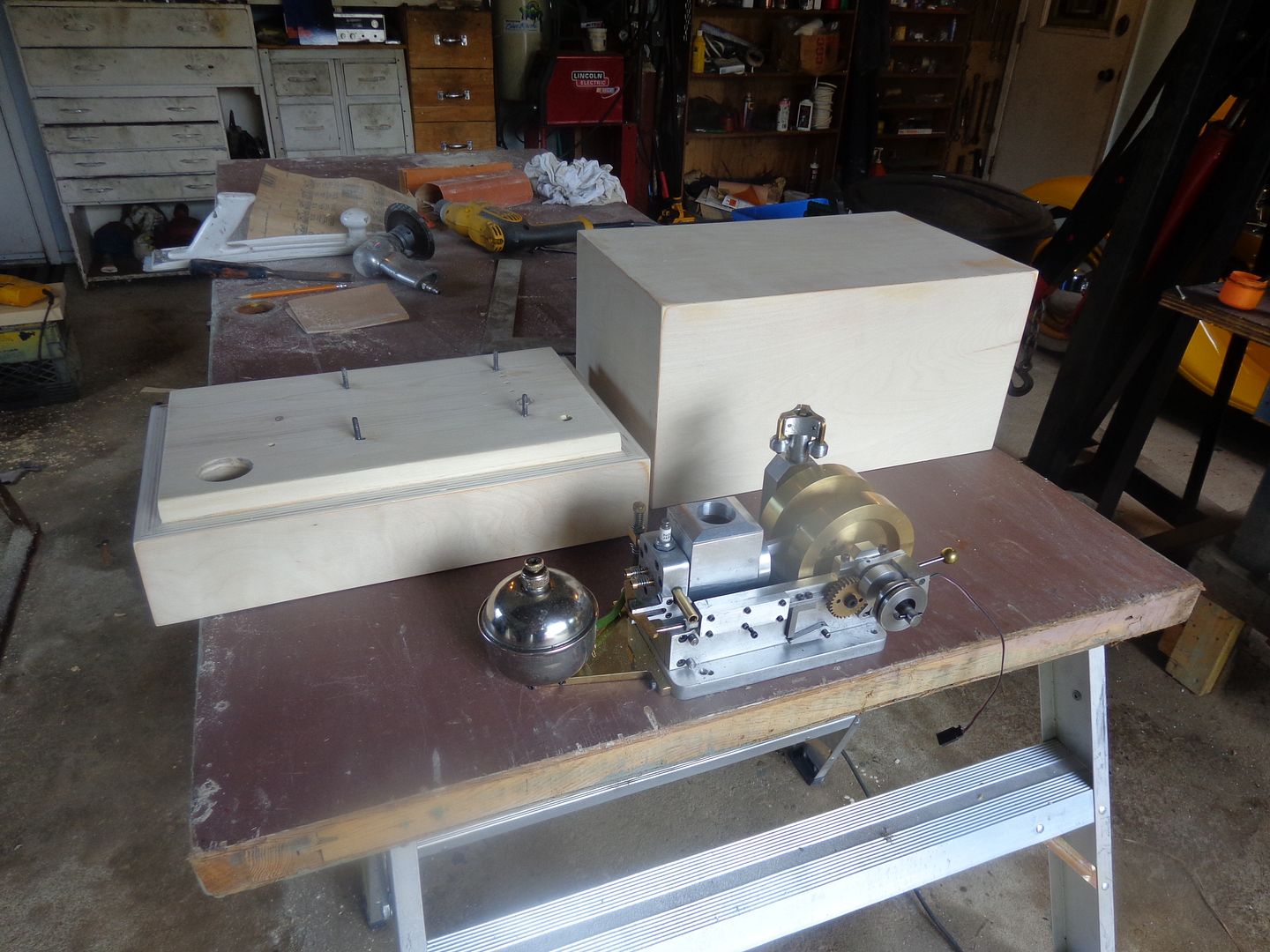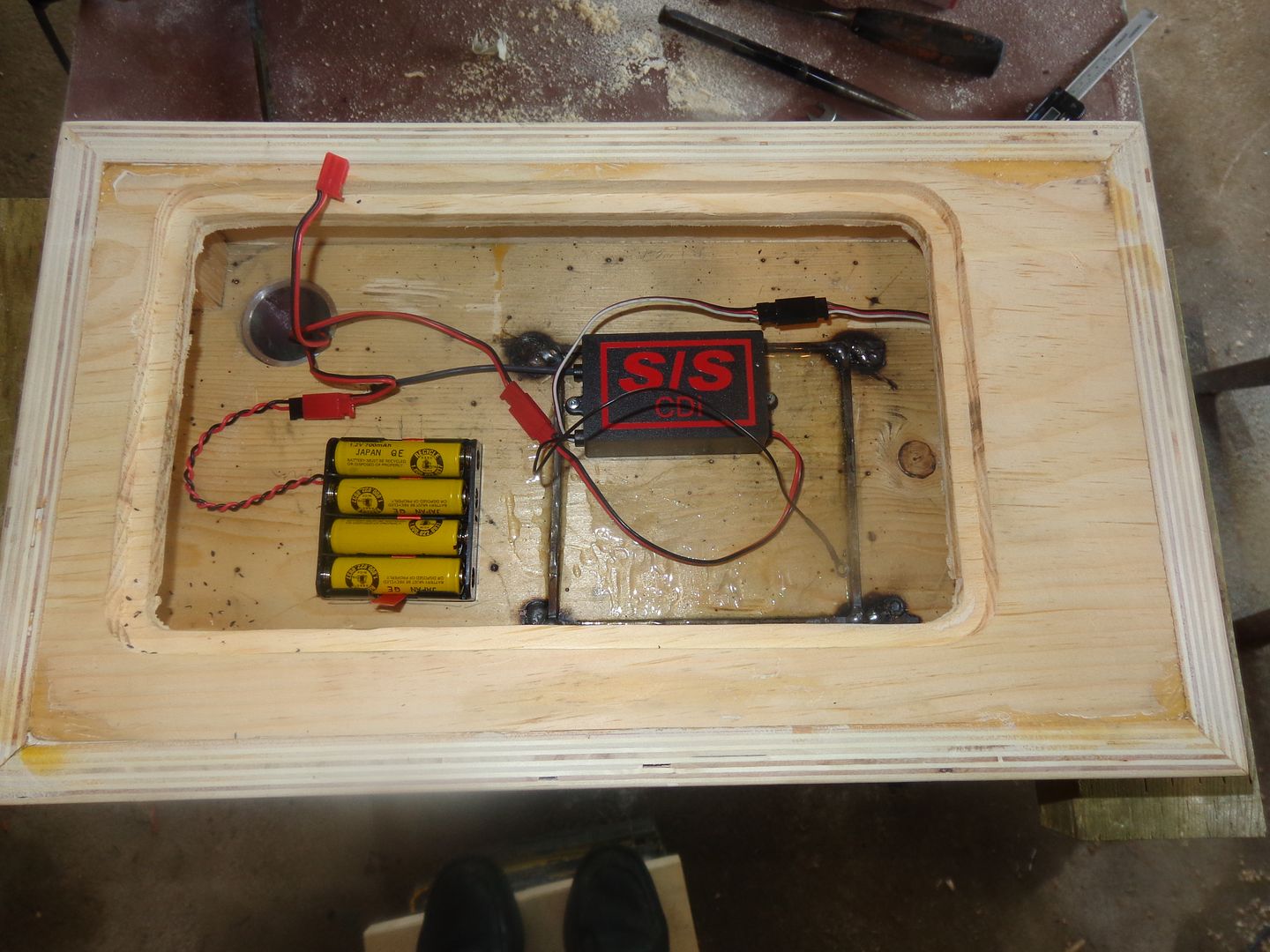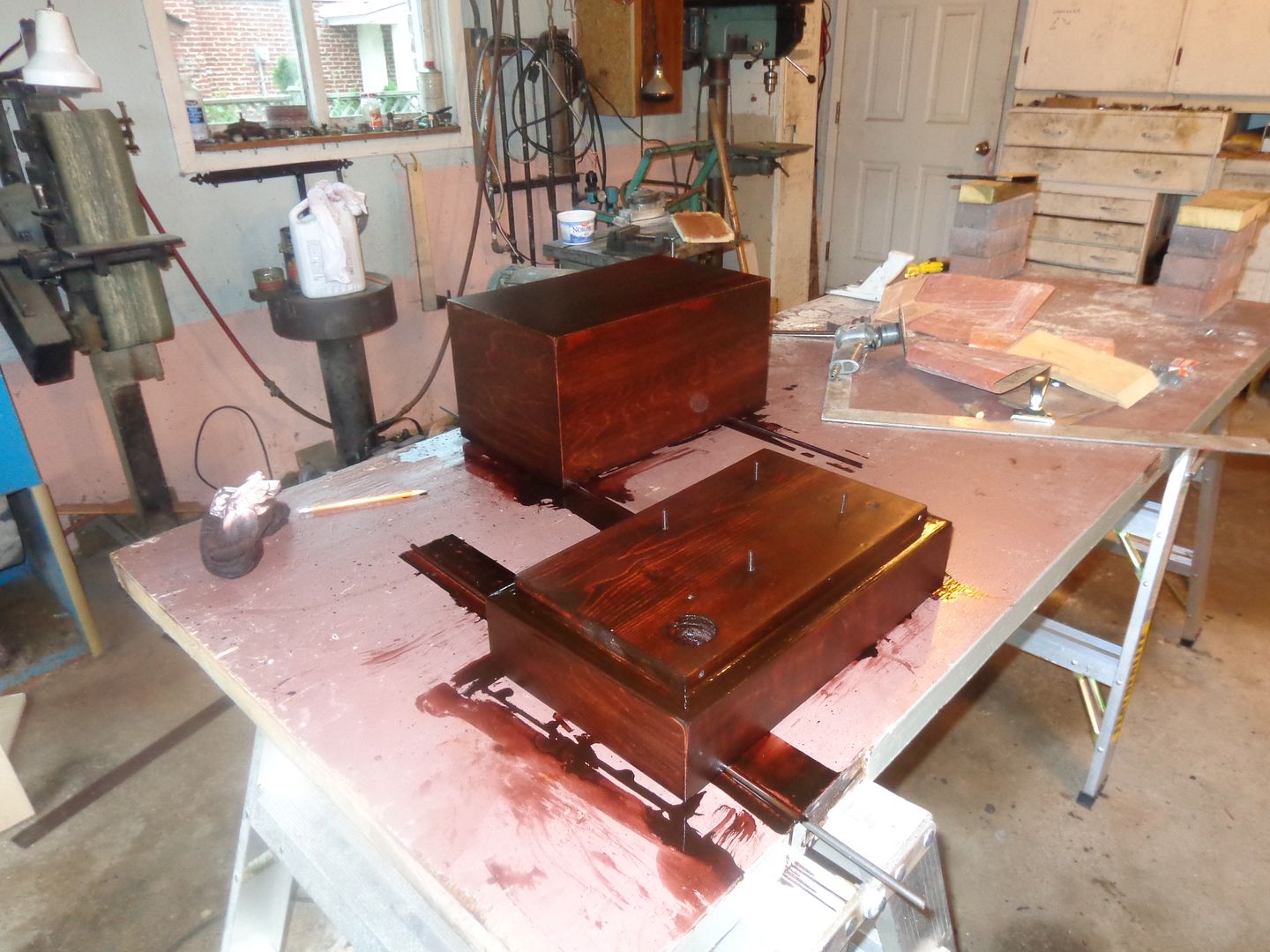Luc--The top half of the box is only for transporting the engine around from my place to shows and demonstrations. This is the only "transportation" box I have ever made, because all my other engines need a great big 12 volt battery that I can barely lift, so they are not readily portable. My God, Luc--You should see my office. I have 14 different steam engines and things to run with them, and either 5 or 6 i.c. engines. Every shelf, cupboard, and bookcase are covered with engines. I don't even know where I am going to put the "Rupnow Engine" when I get everything finished!!! The "Transportation and Display" box is a one time thing, because just about everybody I know wants me to bring an engine and demonstrate it for them, so I thought I would try and do it with a bit of style.---Brian

































![MeshMagic 3D Free 3D Modeling Software [Download]](https://m.media-amazon.com/images/I/B1U+p8ewjGS._SL500_.png)




![DreamPlan Home Design and Landscaping Software Free for Windows [PC Download]](https://m.media-amazon.com/images/I/51kvZH2dVLL._SL500_.jpg)

























